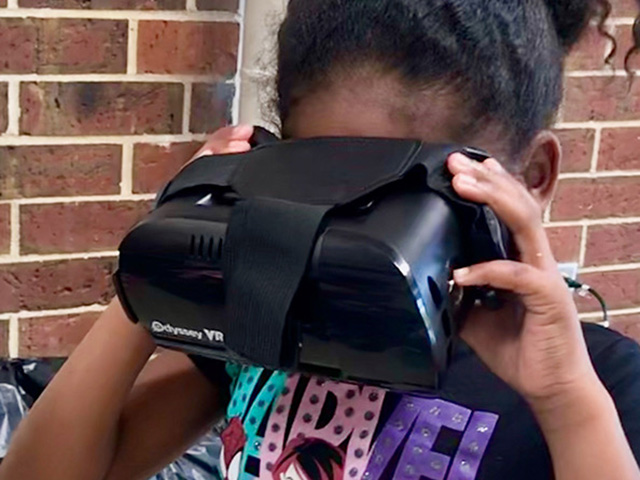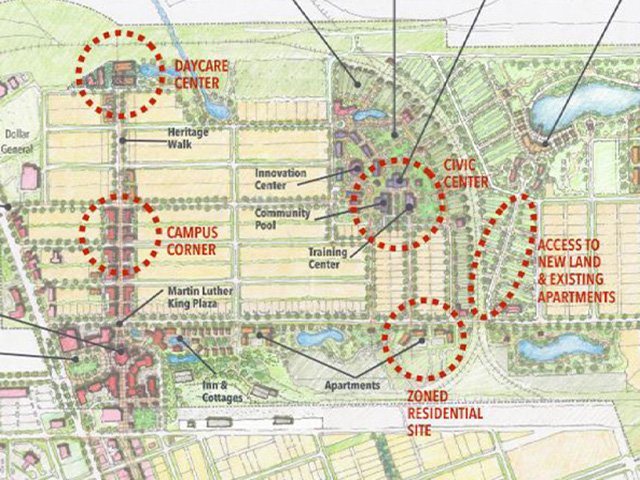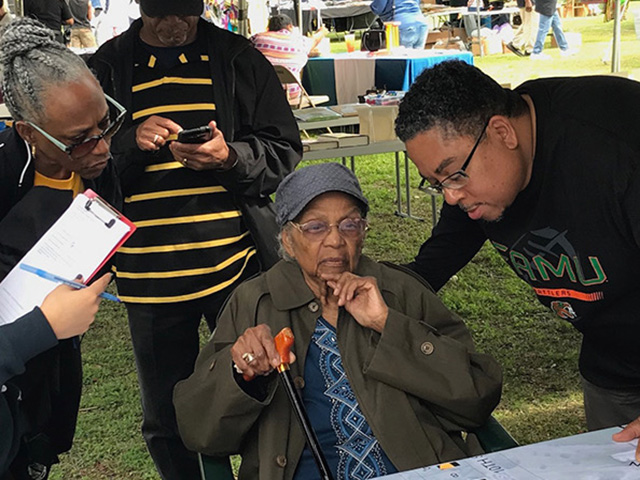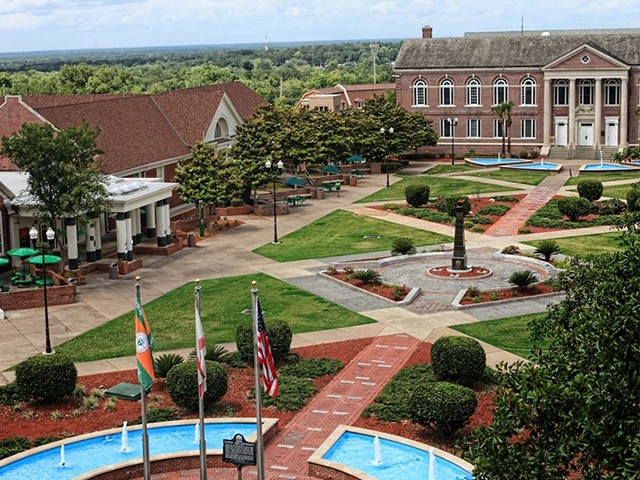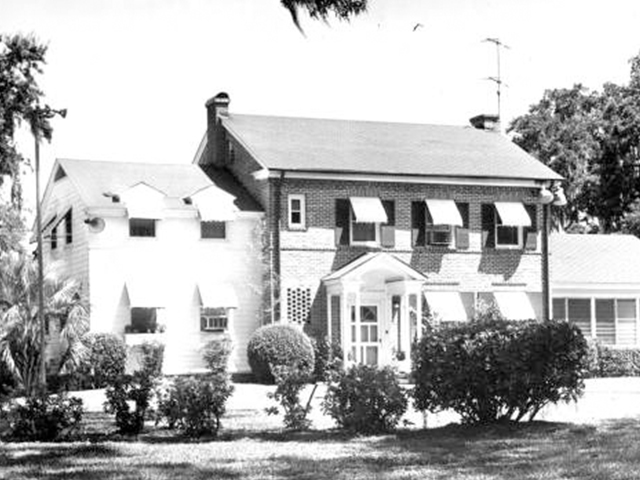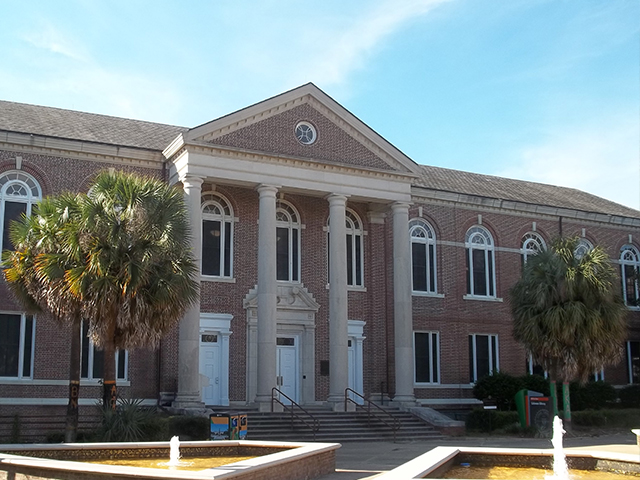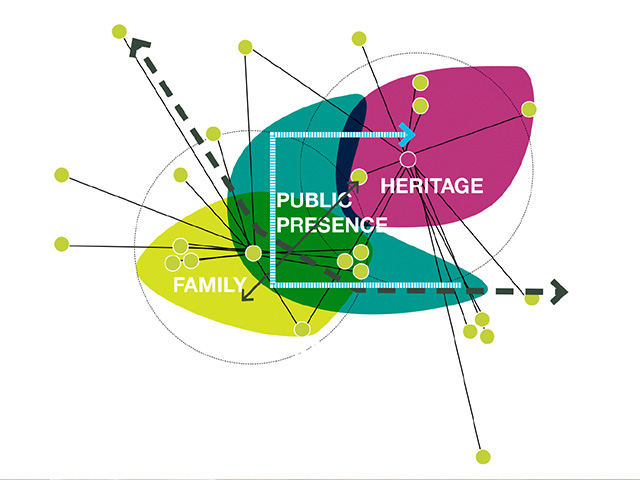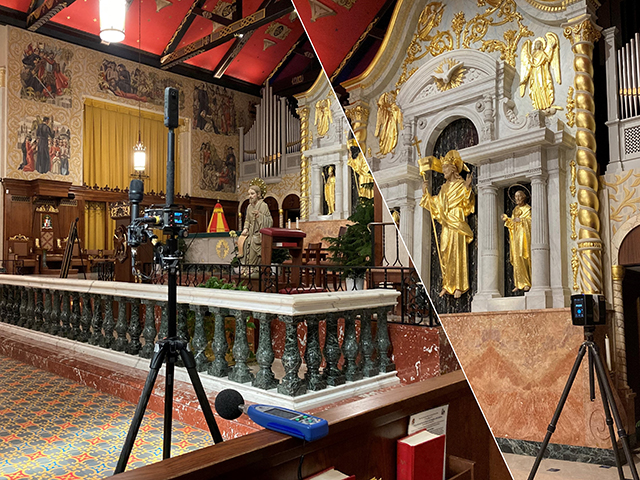Research
All research proposals that are to be submitted for external funding must also be reviewed and approved by the FAMU Division of Sponsored Research. All proposals to conduct continuing education activities must also be submitted to the FAMU Division of Continuing Education for review and approval.
FAMU Digital Documentation
Florida A&M University (FAMU) is often recognized as an institution that embraces the potential of under-represented populations and balances a commitment to humanities as well as STEM centered research. Both characterizations are correct. FAMU’s academic breadth provides an opportunity to demonstrate the potential for emerging technology as a tool for cultural memory and historic preservation. In response, a museum director, an architecture historian, a computer science professor, architecture faculty and graduate students will demonstrate the potential of UAV/ drones, computer modeling, and virtual and augmented reality for digitizing Florida’s historic landscapes. A copy of the FAMU Digital Documentation VR Experience is available as a free download (Click Link).
Meek-Eaton Black Archives Research Center and Museum |
||
|---|---|---|
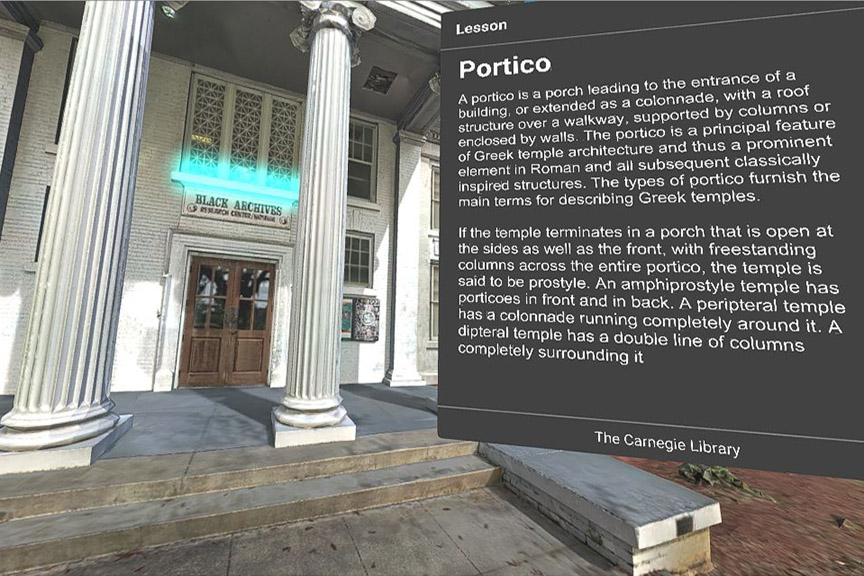 |
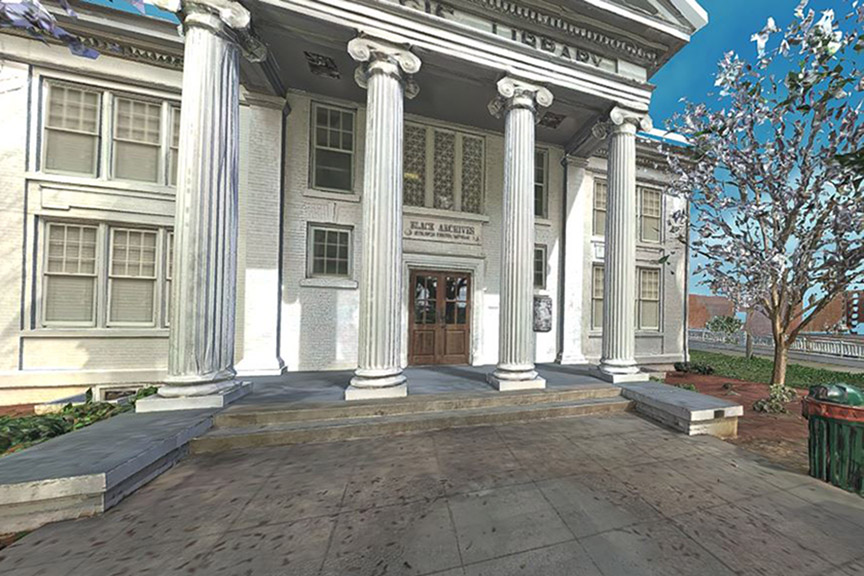 |
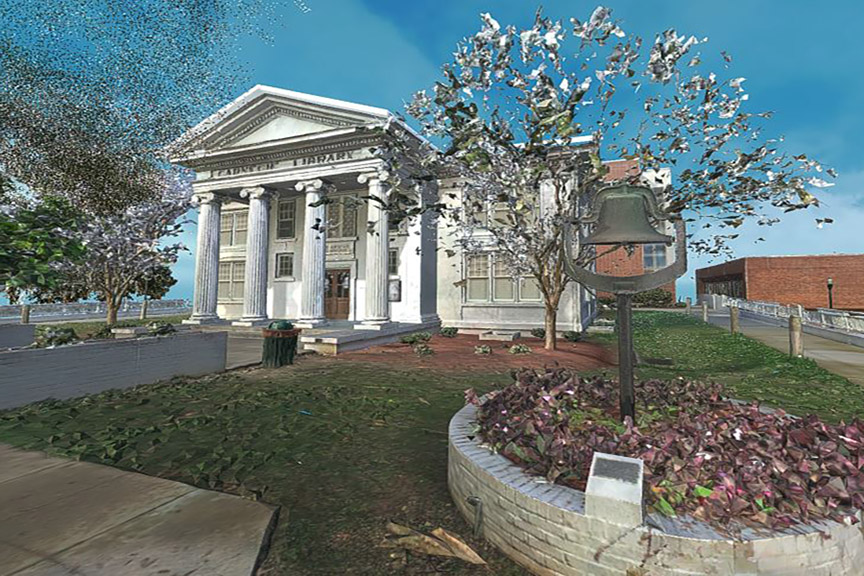 |
Samuel H. Coleman Memorial Library |
||
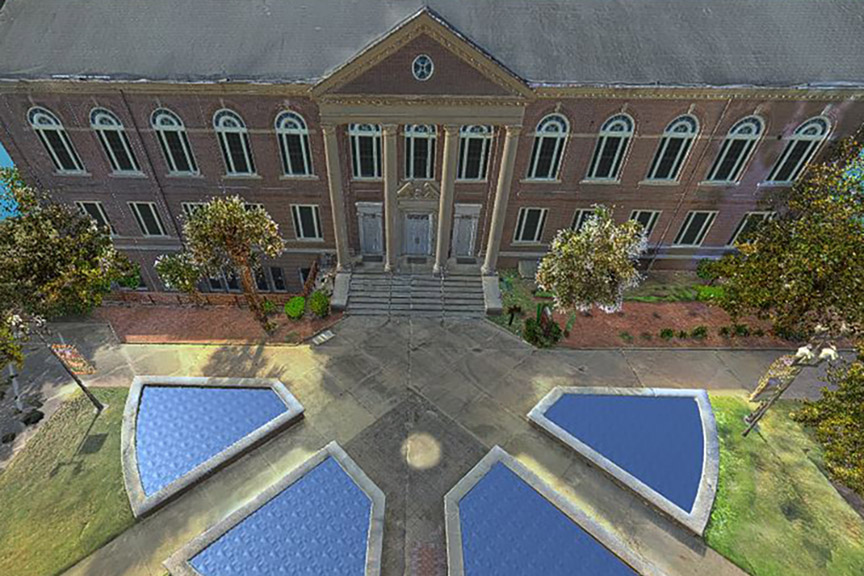 |
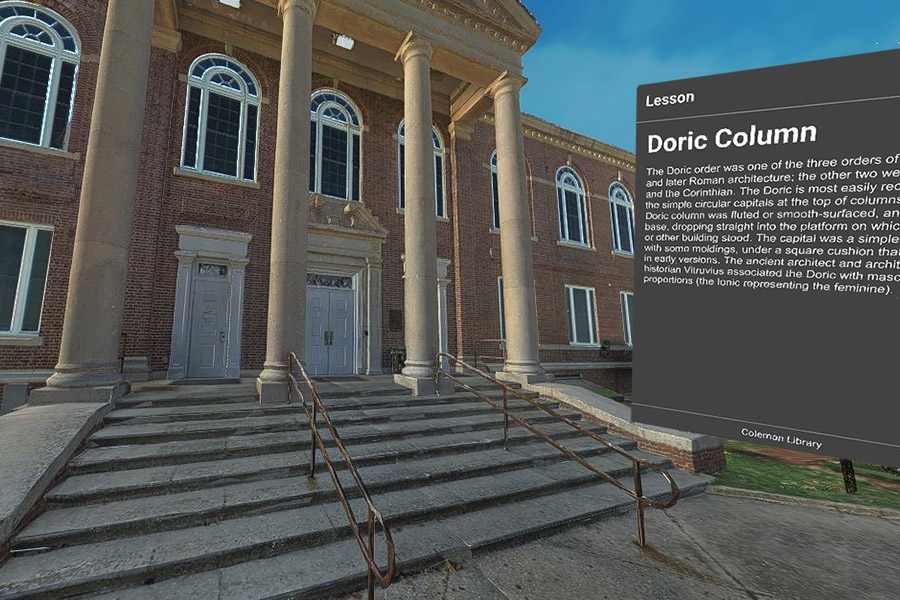 |
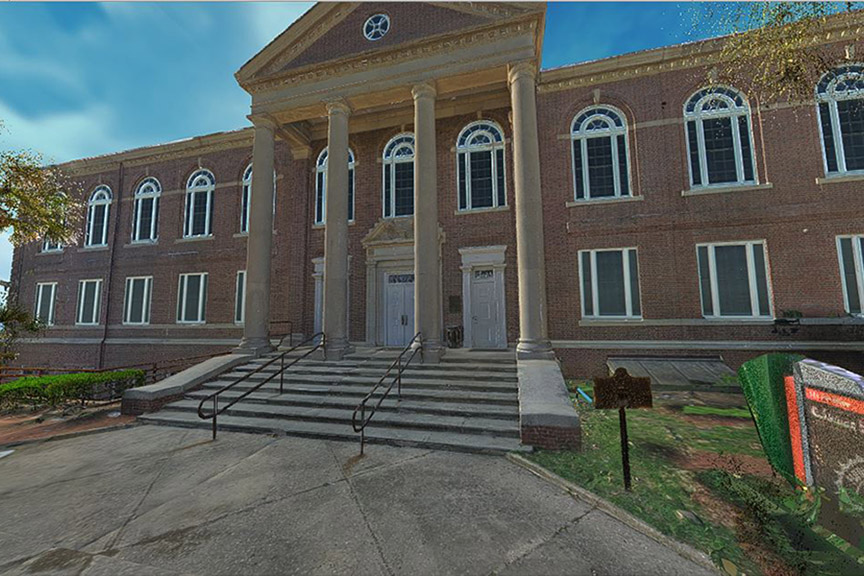 |
Jackson Davis Hall |
||
 |
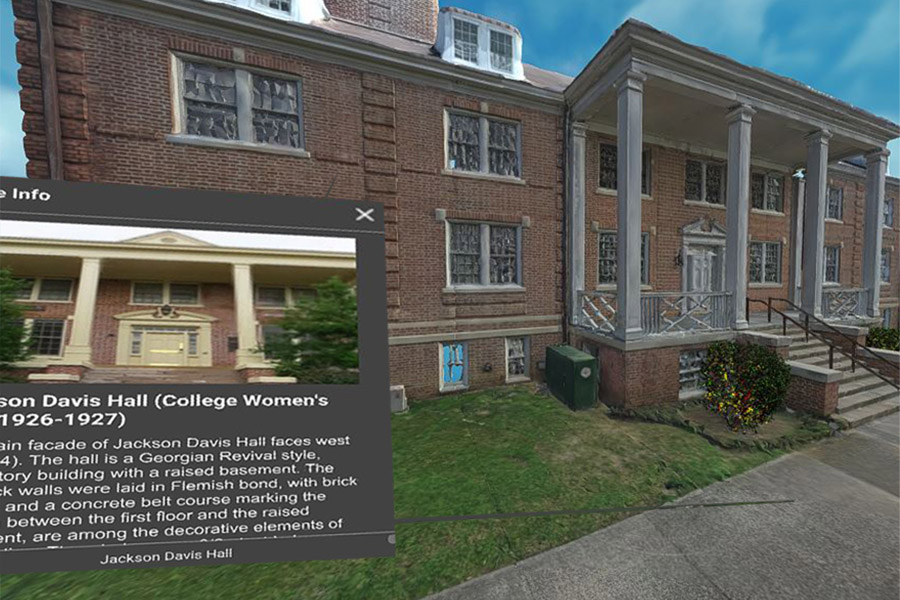 |
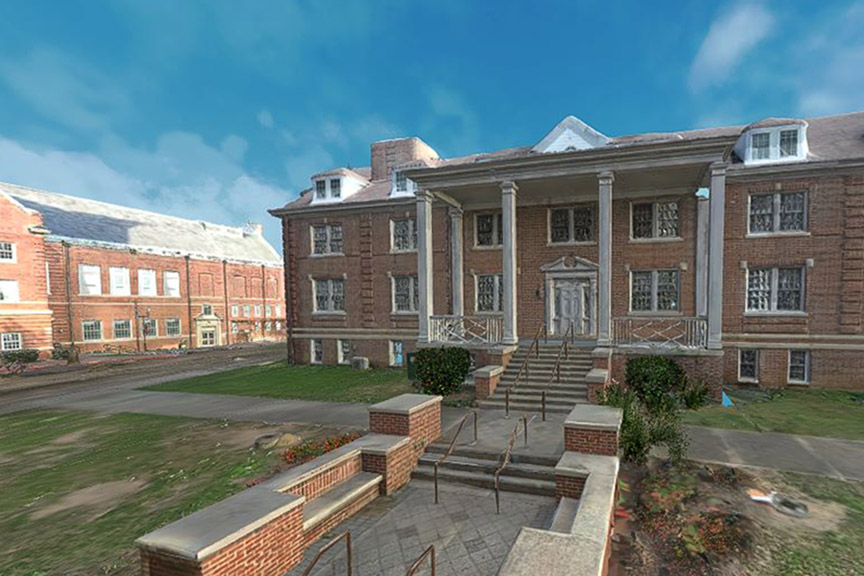 |
FAMU Quad Hall |
||
 |
 |
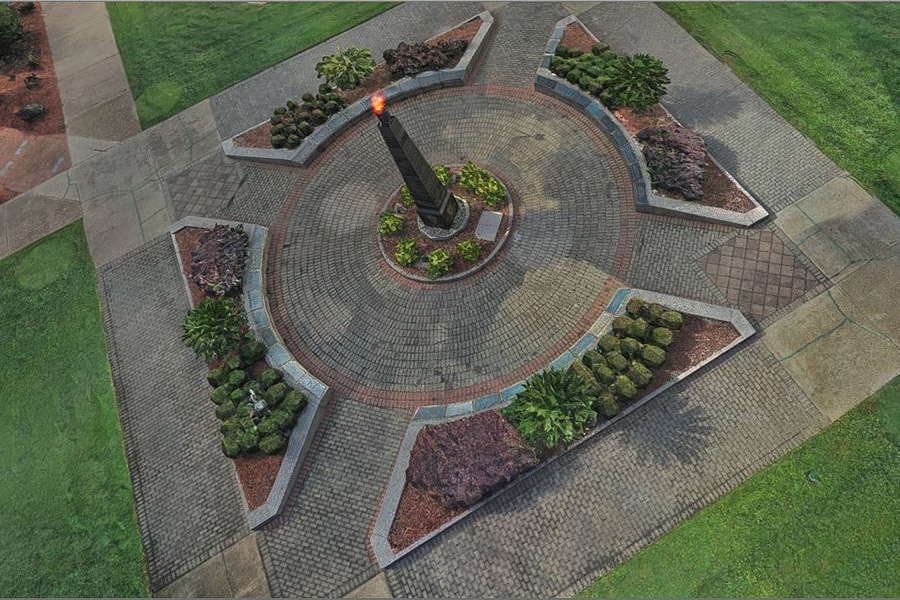 |
Lee Hall |
||
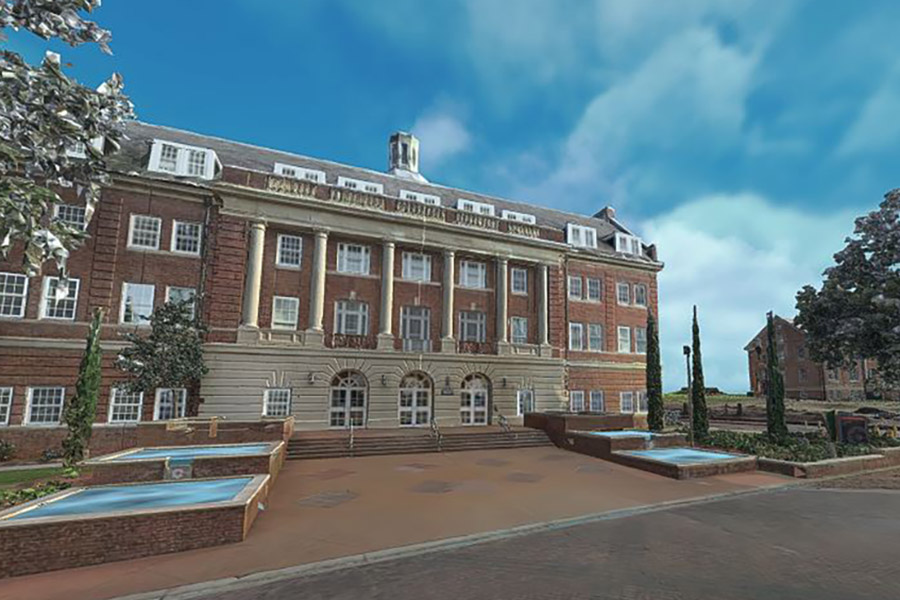 |
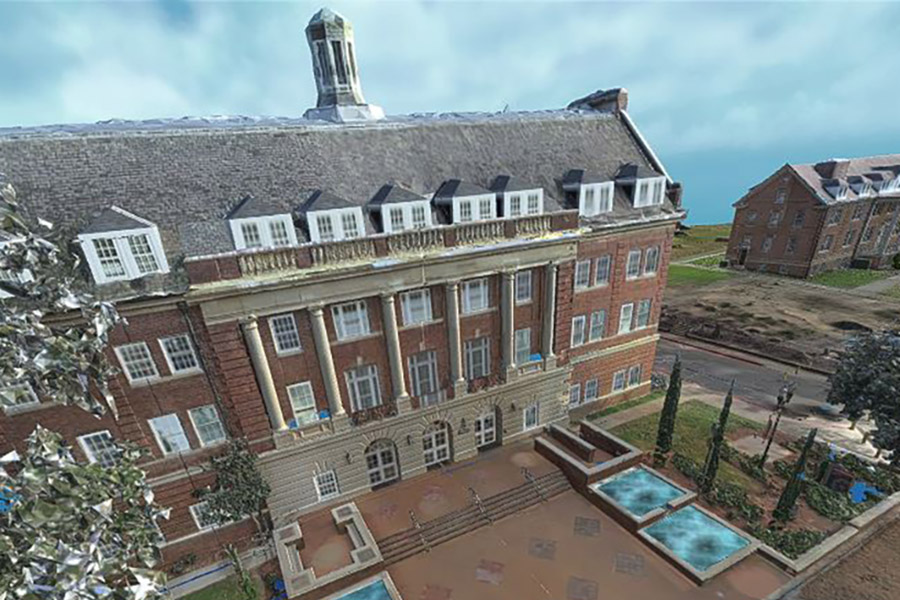 |
 |
Jones Hall |
||
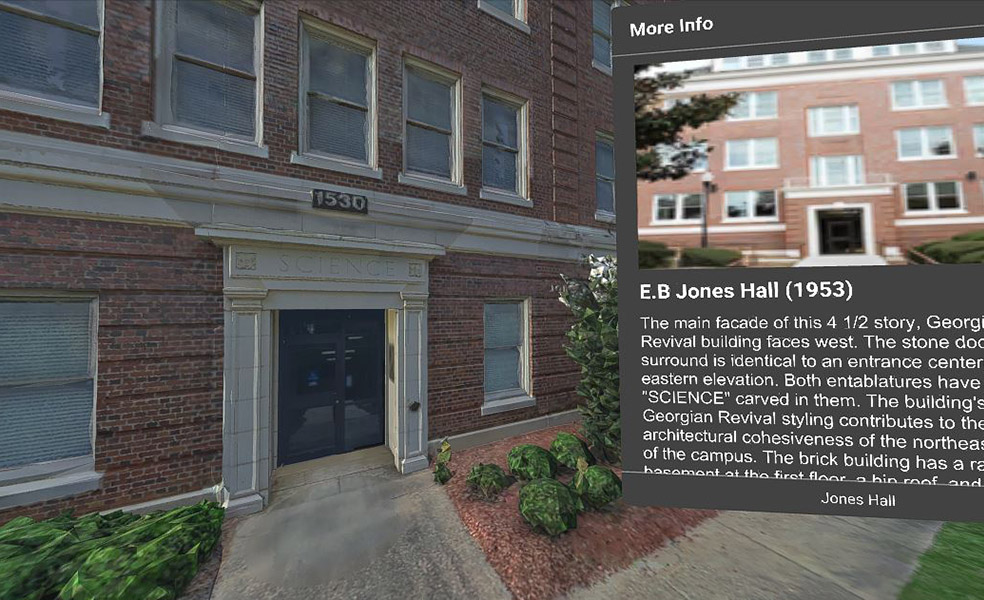 |
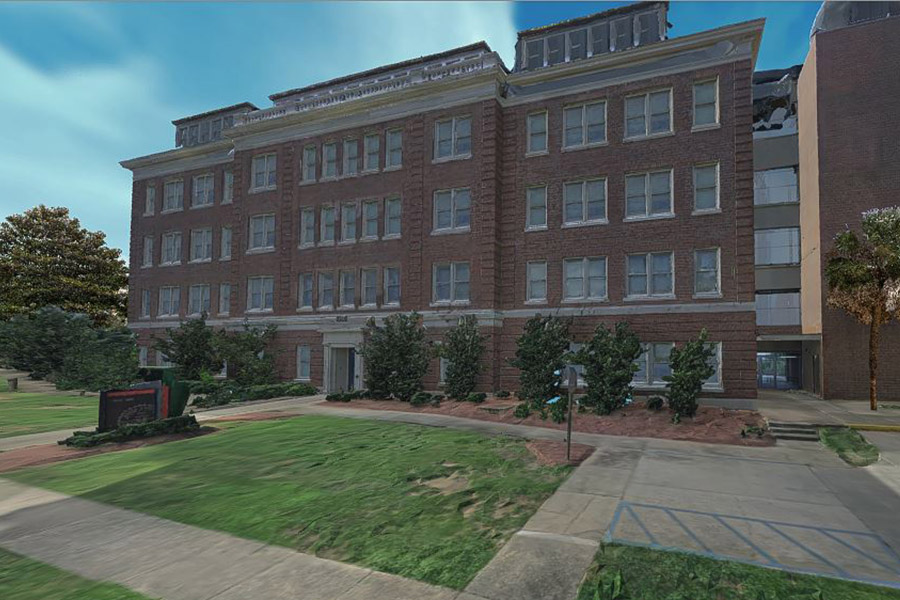 |
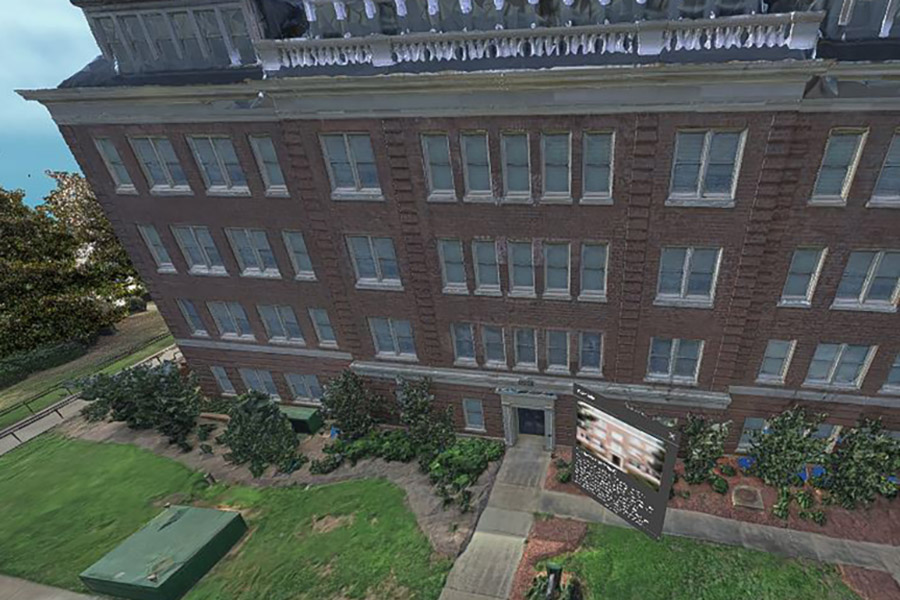 |
Apalachicola “Hill” Design Guidelines
The City of Apalachicola, FL is typically recognized as one of two characterizations-
a source for oysters, fresh shrimp, and blue crab or as the symbol of “Old Florida”
heritage tourism. While both characterizations are correct, the City also illustrates the challenges
faced by many small Florida towns- young people moving to other locations for job
opportunities, and preservation not being seen as a foundation for the future. In
response, architecture professor, a landscape architect, an architect, an African-American
history professor, a planner, a documentary film-maker, community organizers, graduate
architecture students, graduate history students and local residents will address
the role of preservation through design guidelines for Apalachicola’s African American
community called “The Hill”.
The “Apalachicola Hill Neighborhood Design Guidelines” Project is community-based
“bottom-up” planning effort to provide a basis for making fair decisions, consistency
in design review, property value enhancement and a tool for education. The project extends the work of a Florida Department of State 2018-2019 Small Matching
Grant called the Apalachicola Hill Neighborhood Survey Project. The previous grant provided a research foundation by documenting the past and current
condition of the Hill neighborhood.
The 2019-2020 project will be organized along four (4) themes - speak, listen, learn
and review.
- SPEAK - What are the visions and priorities of the hill residents?
- LISTEN - What are the visions and priorities of the other stakeholders?
- LEARN - How has design illustrated the vision of other ethnically diverse communities?
- REVIEW - How can design illustrated the Hill's visions and priorities?
The final product will be an illustrated design guideline. The project will focus on a community engagement and a "bottom-up" visioning process. The early participation will help the community understand the usefulness and limitations of guidelines at the outset, which will help prevent misunderstandings down the road.
A copy of the Design Guidelines is available online as a free download (Click Link).
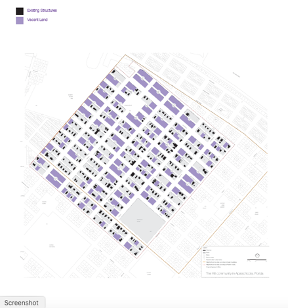 |
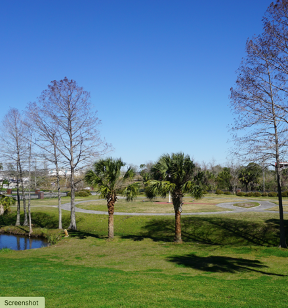 |
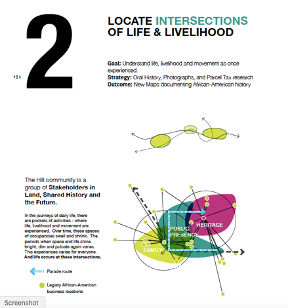 |
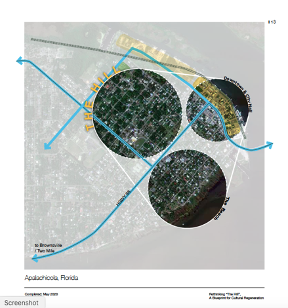 |
 |
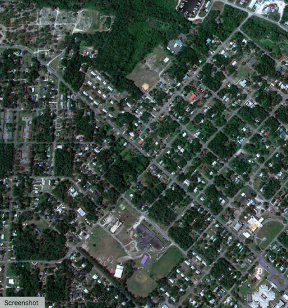 |





